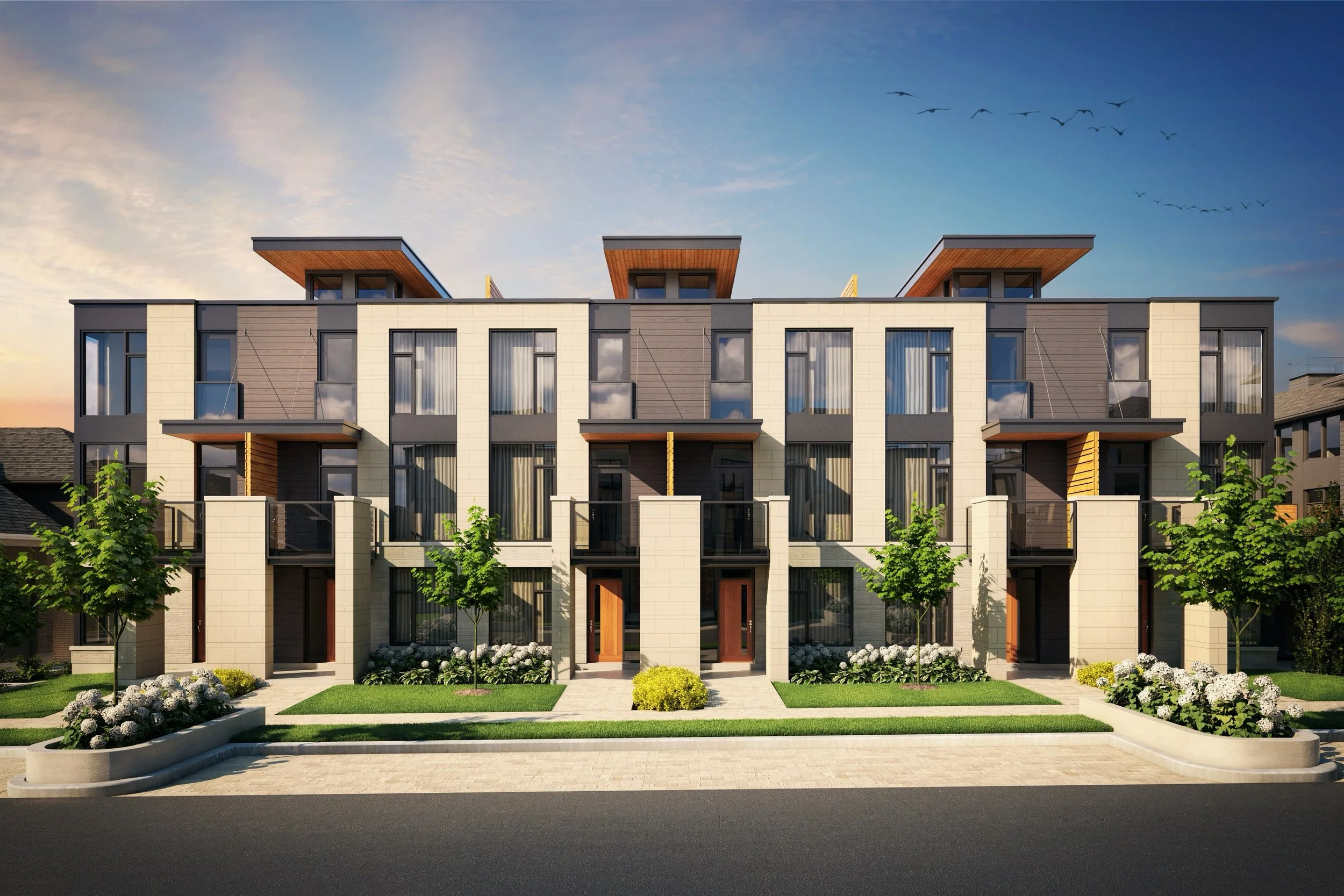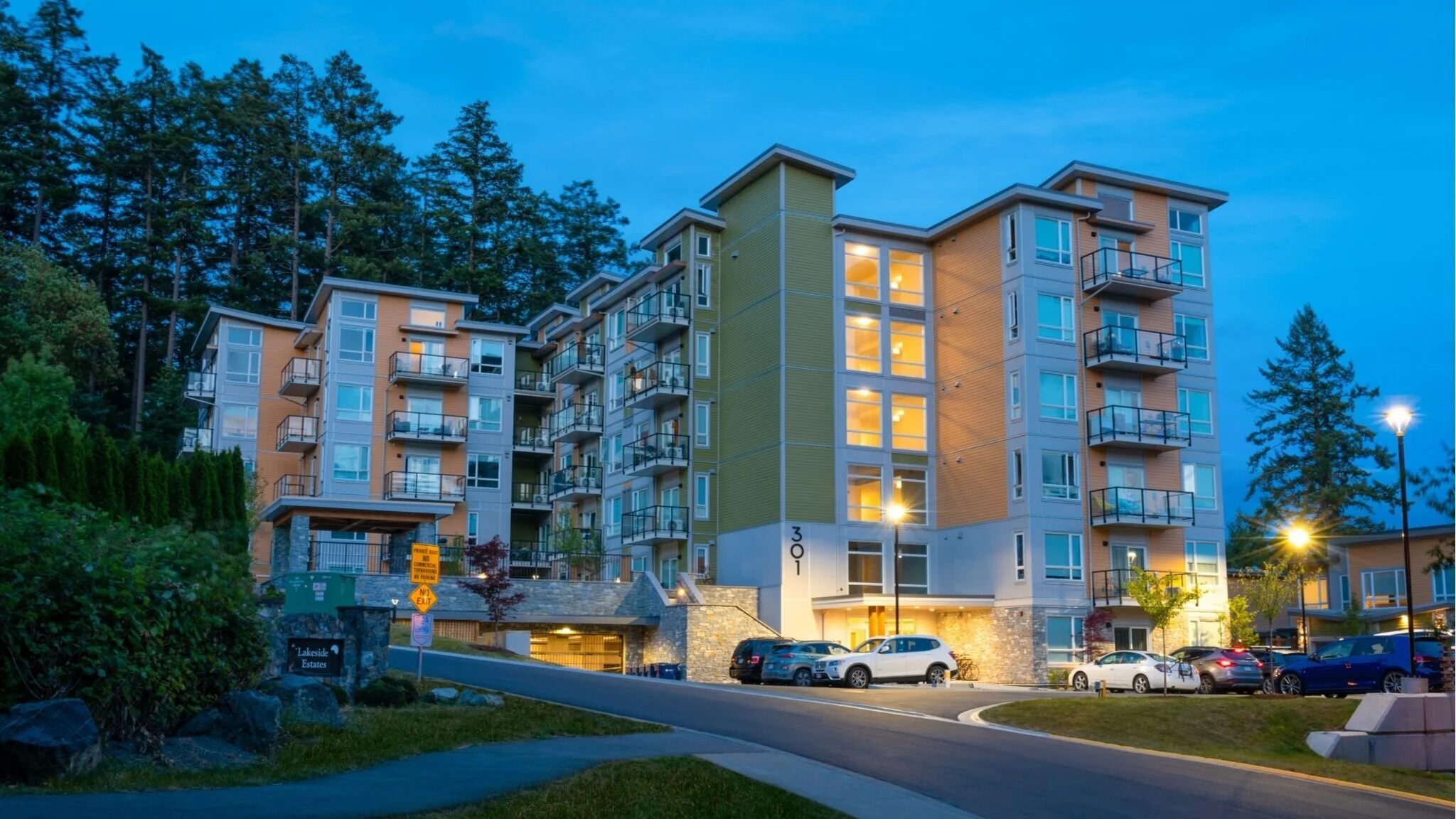how do you get the most leverage when selling development land in vancouver?
If your property is being considered for redevelopment, the person on the other side of the deal isn’t buying a house—they’re buying a site. And what they’re really buying is confidence: confidence in what can be built, how much it will cost, how fast it can get approved, and what it will be worth when finished.
That means your leverage as a landowner isn’t just about zoning or location—it’s about clarity. When you can demonstrate development potential clearly, anticipate concerns, and provide the right context, you put yourself in a stronger position to negotiate.
This post explains how landowners can create real leverage—whether you’re selling to a local infill builder, an institutional developer, or holding for long-term appreciation. It’s not about hype. It’s about understanding how the process works, and how smart buyers think.
how developers decide what your land is worth
When a developer looks at your property, they’re not just looking at the lot size or zoning—they’re running financial models to decide how much they can pay, how risky the project is, and whether it will even be worth doing.
Understanding how they think helps you protect your value—and avoid being lowballed or overpromised by someone who doesn’t understand how the numbers really work.
Here are the core concepts developers use to evaluate a site—and why they matter to you:
Residual land value: This is how developers back into what they can afford to pay. They estimate how much the finished project will sell or rent for, subtract all costs (construction, city fees, financing, marketing), add a required profit margin—and whatever’s left over is the “residual” they can spend on land.
If you don’t understand how they’re doing this math, you risk accepting too little—or holding out for more than the project can support.
Cap rate / NOI (Net Operating Income): If a developer plans to keep the building as a rental, they’ll value it based on income. The cap rate is like a multiplier: it shows what investors are willing to pay for every dollar of income the building will generate. NOI is that income—after expenses.
For example, if an NOI is $150,000 and the cap rate is 4%, the property’s future value might be worth $3.75 million. That number drives what they’ll pay for the land.
IRR (Internal Rate of Return) and ROI/ROE (Return on Investment/Return on Equity): These are long-term performance metrics. IRR looks at how investments compound over time, while ROI/ROE looks at total profit compared to the investment. Larger or more complex buyers—like institutional funds or rental housing providers—often use these to compare one site to another.
If the IRR or ROI is too low, they’ll move on to a better opportunity—even if your site looks great on paper.
Return on Cost (also called Cap on Cost): This compares the income a project will generate to the total cost of building it. If the return is too low—say, under 4.5% or 5%—the project likely won’t qualify for financing. That can kill a deal before it starts.
Even if your site has great zoning, if construction is expensive or the rent won’t cover costs, it may not be buildable today. Understanding this helps you price your land realistically—and still attract serious buyers.
Time to approval: Every developer’s model is built on time-value-of-money. That means the longer it takes to get permits, the less the project is worth. Holding costs pile up, financing becomes riskier, and profit margins shrink.
If your site already fits within city policy, or if you’ve done some upfront planning work, it could be worth more than you think—because it saves time.
Risk and complexity: This is where the “soft factors” come in. Sites with fewer unknowns—like laneway access, simple geometry, or strong area plans—are more attractive. Sites with CACs, tenant relocation rules, unclear policy, or rezoning requirements add risk—and lower what a developer is willing to pay.
As a seller, the more of these risks you can identify and explain up front, the more confidence a buyer will have—and the less they’ll discount for the unknown.
When you understand how developers look at land, you can speak their language—or work with someone who can. You’ll avoid vague promises, see through inflated offers, and have the confidence to ask the right questions. And that’s where real leverage begins.
why “similar sales” don’t tell the whole truth
Most landowners are told their property is worth “what similar lots sold for.” But when it comes to development land, comparable sales are just one piece of the puzzle—and sometimes, they’re the wrong piece entirely.
Why? Because no two sites are truly alike. Zoning may be similar, but differences in layout, access, policy overlays, or physical constraints can drastically change what a developer can build—and what they’re willing to pay.
Here are just a few examples:
A corner lot with full lane access and a 50-foot frontage may be ideal for a six-unit multiplex.
A “similar” lot across the street might have a shallow rear yard, a protected tree, or a narrow shape that limits buildable area.
In a land assembly, a keystone lot—such as a corner or mid-block site needed for depth—may command a premium, while an interior lot with fewer options might be discounted.
In slower markets, comparable sales can understate value if those properties were marketed poorly, lacked development context, or were sold under pressure.
Many agents and appraisers rely solely on direct comparison because it’s easy to quantify. But development land is not a cookie-cutter product. Small differences in policy, timing, or geometry can add (or subtract) hundreds of thousands of dollars from a site’s real value.
That’s why experienced land brokers go deeper. In addition to comps, we use tools like:
Residual land value (what a developer can pay based on what they can build)
Feasibility analysis (how zoning, form, and yield affect profit and financing)
Buyer profiling (which types of developers are active, what they’re paying, and what kinds of sites they prefer)
When you understand how a buyer sees your land—not just how it compares to others—you get a more accurate, more strategic valuation. That’s the difference between listing your land and positioning it.
when land assembly adds value—and when it backfires
In the right location, assembling multiple properties can dramatically increase total value. But land assemblies can also stall, collapse, or drag out for years. The key is understanding when it’s worth it—and when to stand alone.
What makes a strong assembly opportunity:
Alignment between neighbours (ideally 3+ lots)
Clear buyer type (e.g. rental apartment developer, co-op housing group)
Area plan or OCP supporting larger form
Consolidation that unlocks a better layout or more density
What kills assembly value:
Mismatched pricing expectations
Over-reliance on zoning change or policy not yet approved
Losing leverage by being the last holdout without a strategy
Failing to show developers the complete opportunity
Whether you lead the assembly, participate in one, or step away from it, your decision should be based on facts—not hope.
how to position your land so serious buyers take notice
Developers analyze deals in a very specific way. They look for risk, cost, timeline, and yield. If your listing gives them what they need, they’ll pay more. If it’s vague, they’ll discount—or pass altogether.
To maximize leverage, landowners should:
Include zoning context, policy overlays, and unit yield projections
Identify site advantages (e.g. laneway access, width, corner exposure, frontage)
Flag risks upfront (e.g. tree removals, CAC thresholds) and frame them clearly
Package the site with a basic pro forma or development scenario
Speak directly to developer-buyers—not just the general market
Too many land listings fail because they assume buyers “will figure it out.” But the best buyers are busy, savvy, and risk-averse. If you want a premium offer, reduce their uncertainty.
how understanding the process helps you negotiate better deals
In Vancouver, land value is rarely obvious—and deals can fall apart fast. But landowners who understand how developers think, how the numbers work, and how to position their site don’t just sell—they negotiate.
You don’t need to run a pro forma yourself. But you do need someone who understands how they work. If you can present your land with clarity, precision, and supporting rationale, you’ll be in the strongest position possible—whether you’re selling now or simply planning ahead.
Next in the series, we’ll talk about how Vancouver’s planning and permitting process really works—and what landowners need to watch out for.















